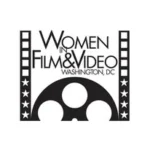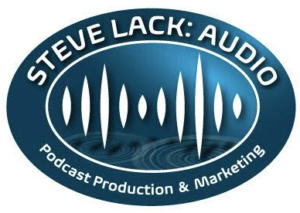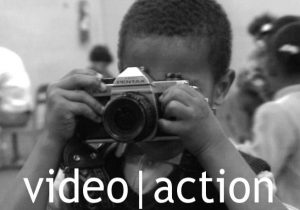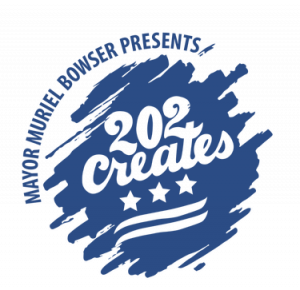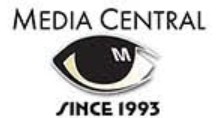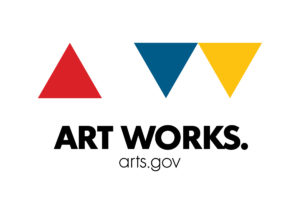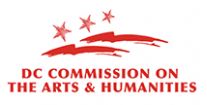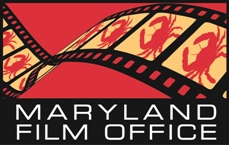by Flo Dwek
Journey through America’s toughest terrains, majestic landscapes and remote sites with a stellar trio of environmental films by award-winning female filmmakers.
Thurs, March 16, 7 PM; Carnegie Institution for Science- $10 Q&A
GUIDED (USA, 2016, 18 min.) Guided profiles the gentle spirit of Maine wilderness guide Ray Reitze who shares his philosophy of how to live in harmony with the outdoors to the next generation of guides. Director: Bridget Besaw in person
CANYON SONG J (USA, 2016, 12 min.) Two young sisters learn about their Navajo culture and history within the sacred walls of Canyon de Chelly National Monument. Directors: Amy Marquis and Dana Romanoff in person
ELK RIVER (USA, 2016, 28 min.) Meet backcountry guides and cattle ranchers whose lives are intricately tied with elk and other migratory species that call the Greater Yellowstone home. Directors Jenny Nichols in person and Joe Riis
*****************************************************************
GUIDED
GUIDED profiles the gentle spirit of Maine wilderness guide, Ray Reitze, who shares his philosophy of how to live in harmony with the outdoors to the next generation of guides–while grappling with his own mortality as he transitions from the physical world of guiding to a more spiritual understanding of nature and our ephemeral place in it.
This is a SEEDLIGHT PICTURES short film:
GUIDED TRAILER:
Q&A WITH DIRECTOR BRIDGET BESAW
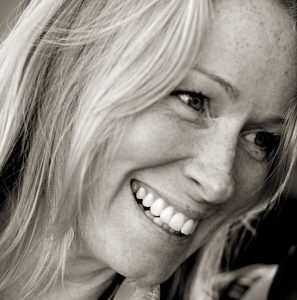
What prompted you to make this film?
Ray (Reitze) had guided me on many wilderness trips over the years while I made photo projects in the North Woods of Maine. Over time, I began to realize what an inspiring subject for a short profile film he would be.
What is the one “take-away” or key message you would like viewers to think about after seeing your film?
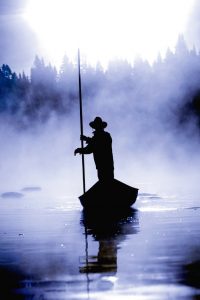
The premise from the outset was to inspire people to spend more meaningful, intentional time in the outdoors.
What advice do you have for emerging filmmakers who are eager to make environmental films?
To learn the ropes, it is often helpful to partner with environmental organizations that have great stories that need to be told. Then, at some point, it’s also wise to break away from the agenda of any organization to make something with creative freedom and without message-point restrictions.
**********************
CANYON SONG
Eleven-year-old Tonisha Draper walks three steps, pauses to drop a kernel of corn into soft red soil, stands upright, repeats. Her younger sister, Tonielle, follows closely behind. They sing softly together while they work, switching between “Let it Go” from Disney’s hit movie FROZEN to traditional Navajo songs learned from their great-grandmother. It’s springtime in Canyon de Chelly National Monument, and unlike any other site in the National Park System, Navajo families still work the land and graze livestock here as they’ve done for generations. The Draper family balances modern life with the traditional “Navajo Way,” teaching their children their language, culture and ceremonies within the sacred walls of Canyon de Chelly.
Q&A with Director Dana Romanoff
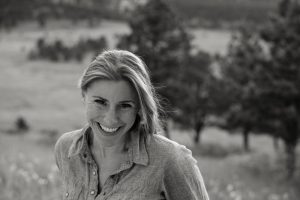
What prompted you to make this film?
CANYON SONG is part of a series of short films from the National Park Experience that seek to celebrate diversity and youth in our National Parks in honor of the 2016 Centennial. The average face of the national park visitor doesn’t really reflect the face of America. By making these films, we are redefining what that face looks like and who feels welcome in the parks for the next hundred years. When co-director Amy Marquis and I first went to scout potential stories in Canyon de Chelly, we were invited to a cultural night at the local high school where students were performing songs and dances from their Navajo heritage. I noticed many young women wearing beautiful traditional dresses with crowns and sashes and learned about Navajo Pageantry. I was really taken by this and thought it would be amazing to find a young woman who is involved in the pageants, really interested in continuing their heritage and learning their culture, and doing so in Canyon de Chelly.
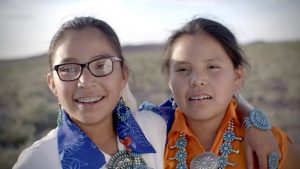
What is the one “take-away” or key message you would like viewers to think about after seeing your film?
An obvious takeaway is the beauty of Canyon de Chelly and its appeal, drawing even more visitors. But it is also important to recognize and honor the native people and what happened to them on this land that we now call a National Monument. The Draper family highlights a positive aspect of the Navajo culture and the importance of knowing our past and being connected to our ancestors and tradition.
What advice do you have for emerging filmmakers who are eager to make environmental films?
I suggest teaming with experts already established and working in your area of interest. By collaborating with scientists, educators, researchers, foundations, and others “in the know,” you will have unique access to stories as well as potential funding and support.
**************************************************************************************
ELK RIVER
Scientist Arthur Middleton, photographer Joe Riis, artist James Prosek and filmmaker Jenny Nichols join forces in this documentary that captures the migration of elk in the Yellowstone area through a multidisciplinary lens. For many of the elk herds that summer in Yellowstone National Park, home is outside the protected park boundaries the rest of the year–as far as 70 miles away. Mirroring a similar expedition undertaken in 1871 that fused science and the arts, this modern band of explorers join their ungulate (hooved) counterparts on a trek from Wyoming’s rangeland through snowy mountain passes and treacherous river crossings to the rugged beauty of Yellowstone’s high-alpine meadows. Along the way, they meet backcountry guides and cattle ranchers whose lives are intricately tied with the fate of the elk and other migratory species that call the Greater Yellowstone Ecosystem home.
To learn more on the overall multidisciplinary project: http://www.greateryellowstonemigrations.com/
Q&A WITH DIRECTOR JENNY NICHOLS
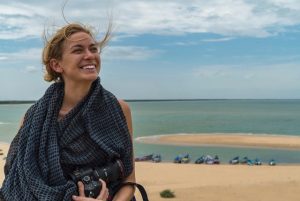
What prompted you to make this film?
I was invited to be the filmmaker in a multidisciplinary project that included scientist Arthur Middleton, Photographer Joe Riis and contemporary painter James Prosek. Being conservation-focused with an adventure angle, it was really my kind of project. I was also drawn to the collaborative and multi-disciplinary nature of the project, with its potential to get the message out ‘beyond the choir.’ So many amazing things came out of this one project: a film, ELK RIVER; an exhibition, Invisible Boundaries, that was hosted in the Buffalo Bill Center of the West and at National Geographic headquarters in Washington D.C.; an article in the May, 2016 National Geographic Magazine–including Images and new scientific data–and short migrations video for the online edition. This reach is far beyond what any one of these disciplines could accomplish individually.

What is the one “take-away” or key message you would like viewers to think about after seeing your film?
To re-imagine what protected areas look like. We can no longer draw a square on a map and call it good. It is clear from Arthur’s collaring data and subsequent maps of elk migration routes that the elk in Yellowstone spend half of their time outside of the Yellowstone National Park boundaries. They depend on an area that expands well beyond the borders of the park, as does the ecosystem that they depend on and that is dependent on them. And of course, to realize that Elk are wildly impressive animals!
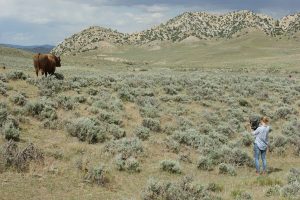
What advice do you have for emerging filmmakers who are eager to make environmental films?
Be in touch with local conservation organizations, see what they are working on.
Find a mentor! I was lucky to work with Cristina Mittermeier, founder of the International League of Conservation Photographers, and co-founder of Sea Legacy, at the beginning of my career. She jump-started my love and understanding of the power of visual storytelling and continues to be a wonderful friend, collaborator and teacher. Ultimately, just get out there and start doing it. Start local, but start with something you know and have access to.
